|
There were myriads of different measures and often the value of a measure depended on the product being measured. To counter fraud and too much diversity of measures the kings and senyors of Valencia tried to impose some objective guides to unify the system. The „alna“ was for sizes, the „ lliura“ for weights, the „barcella“ for quantities (of cereals for example) and the „cànter“ and „arrova“ for wine. These were the main measure-guides from which measures for other products were derived.
For measuring lengths and surfaces, man was the measure for all things. So all was compared to the human body. Some examples are : el dit (finger), el pam (handspan), el colze (from elbow to fingertips), la braça (from one outstretched arm across the body to the other), el peu (foot). And it is the alna, also called the vara in other kingdoms, (see photo) that is the measure-guide. 1 alna = 2 colzes = 3 peus = 4 pams = 36 polzades = 48 dits. The measure-guide for weights was the lliura (pound). In Valencia, this corresponded to today´s 355g, although in Castellon it was 358g and in Alicante even 474g. 30 lliures were 1 arrova ; and 4 arroves were 1 quintal However, it depended on what you were weighing. A lliura of meat was 36 onces (ounces), whereas the „lliure del peix“ (fish) was 18 onces and the same for fruit and vegetables was 16 onces. So a lliure wasn´t just a lliure !! And then flour was measured by quintales and arroves ! Cereals and grains were not measured by weight, but by the capacity of a recipient, the barcella or almud with its multiple sub-measures. Liquids too were measured according to the volume of a recipient. The càrrega (pitcher) of wine or vinegar was 15 canters (jugs) or arroves and the canter was 4 quartes. But in the case of oil, the càrrega was12 canters ! And there were so many more measuring terms……….. As you can see, the system had no unity and the difficulties increased when it came to trading with other kingdoms, for even if they used the same terms, there were usually differences in what they represented. There is a historic document from 1671 in which the equivalent weights and measures of other lands are officially determined for their value in Valencian measures. (See photo). For example : 1 arroba of Catalonia (which were 26 catalonian lliures) were 34 Valencian lliures and 3 onces. Or : 100 braçes (of silk) of Genova were 56 Valencian alnes. In 1849 Queen Isabel II sanctioned the Law of Weights and Measures in which the decimal metric system was introduced to Spain. Until then, every province had its own traditional weights and measures. Despite this law, the age-old measuring systems continued being used until 1880, when a national decree obliged provinces to use only the metric system for all administrative and social purposes. Today, although we sometimes still hear the older generation speak in terms of lliure, pam or fanecada (measure of land area), we can only but admit that the introduction of the metric system, with its simplification and universality, was a huge success and an enormous stride in the direction of modern progress ….. or of centralisation, depending on the perspective of the reader ! Main source of information : „ Al Metre : de les Mesures Antiques“ by Antoni Espinos, CIRNE
0 Comments
Leave a Reply. |
ACTIVITIES
Categories |
- Home
- Blogs
-
Projectes
- Premio de Investigación - Formularios de Inscripción
-
Traducciones Translations
>
-
DISPLAY PANELS - GROUND FLOOR
>
- THE STONE AGES - PALAEOLITHIC, EPIPALAEOLITHIC AND NEOLITHIC
- CAVE PAINTINGS (ARTE RUPESTRE)
- CHALCOLITHIC (Copper) & BRONZE AGES
- THE IBERIAN CULTURE (THE IRON AGE)
- THE IBERIAN TREASURE OF XÀBIA
- THE ROMAN SETTLEMENTS OF XÀBIA
- THE ROMAN SITE AT PUNTA DE L'ARENAL
- THE MUNTANYAR NECROPOLIS
- ARCHITECTURAL DECORATIONS OF THE PUNTA DE L'ARENAL
- THE ATZÚBIA SITE
- THE MINYANA SMITHY
- Translations archive
- Quaderns: Versión castellana >
- Quaderns: English versions >
-
DISPLAY PANELS - GROUND FLOOR
>
- Catálogo de castillos regionales >
- Exposició - Castells Andalusins >
- Exposición - Castillos Andalusíes >
- Exhibition - Islamic castles >
- Sylvia A. Schofield - Libros donados
- Mejorar la entrada/improve the entrance >
-
Historia y enlaces
-
Historía de Xàbia
>
- Els papers de l'arxiu, Xàbia / los papeles del archivo
- La Cova del Barranc del Migdia
- El Vell Cementeri de Xàbia
- El Torpedinament del Vapor Germanine
- El Saladar i les Salines
- La Telegrafía y la Casa de Cable
- Pescadores de Xàbia
- La Caseta de Biot
- Castell de la Granadella
- La Guerra Civil / the Spanish civil war >
- History of Xàbia (English articles) >
- Charlas y excursiones / talks and excursions >
- Investigacions del museu - Museum investigations
- Enllaços
- Enlaces
- Links
-
Historía de Xàbia
>
- Social media
- Visitas virtuales
- Tenda Tienda Shop

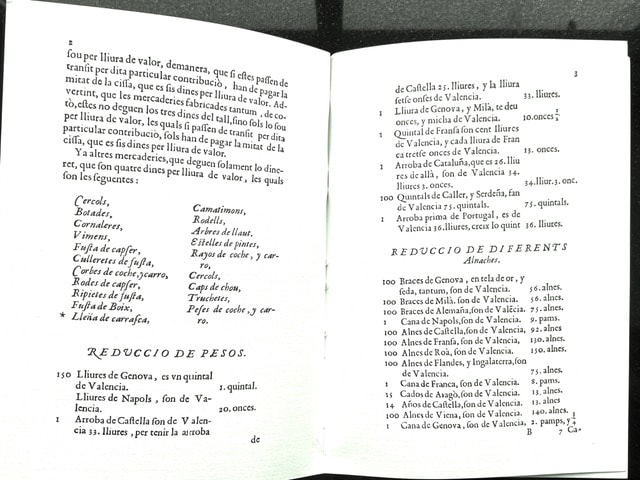
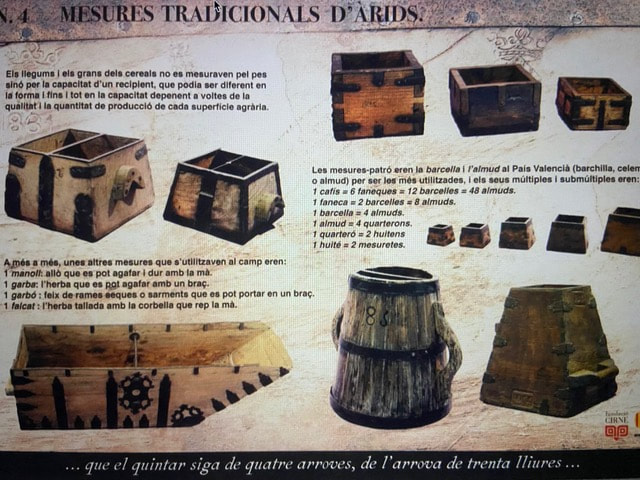
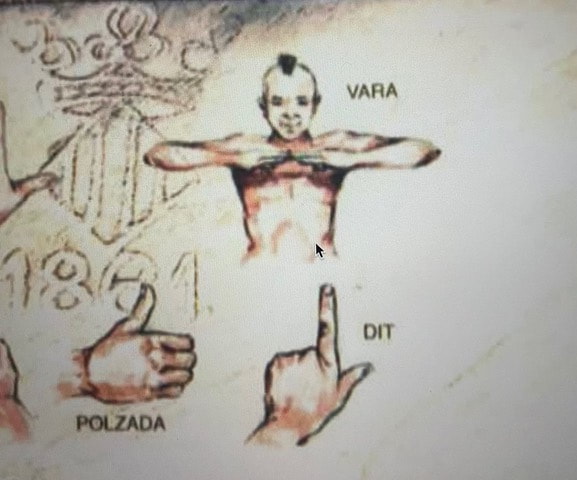
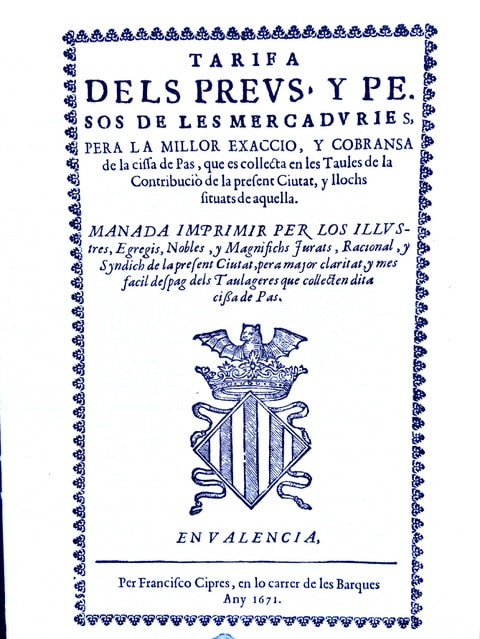
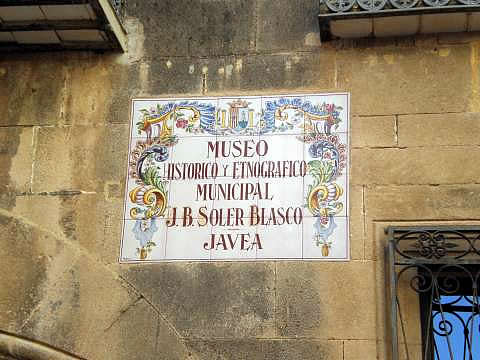
 RSS Feed
RSS Feed
